Mike Borgreen, Glasgow BLM, Receives RSA “Gold Star Award”
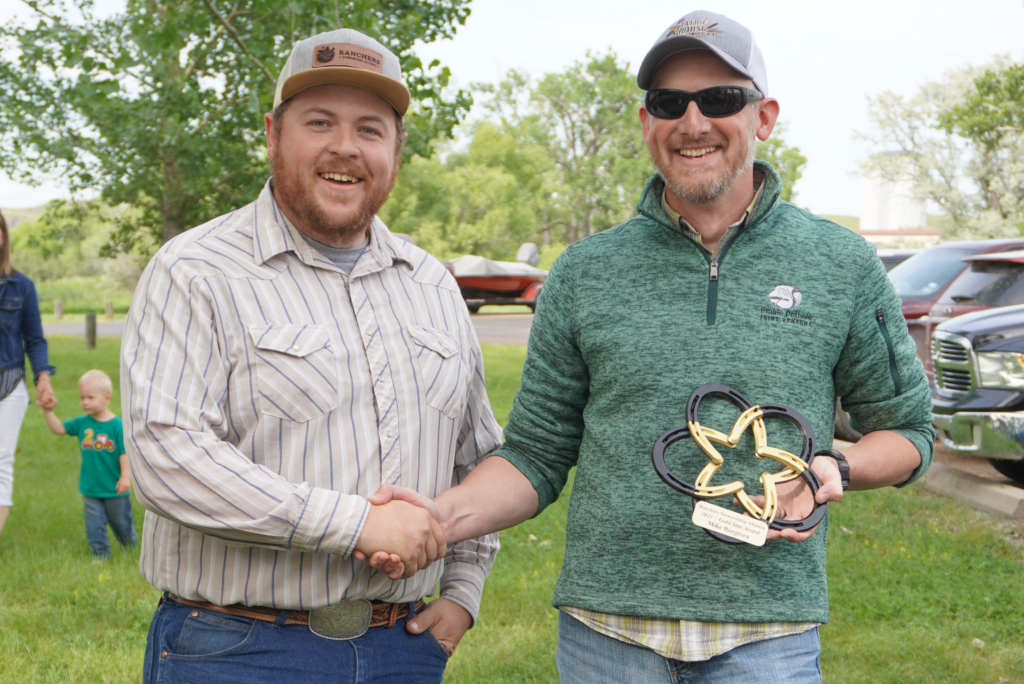
The Ranchers Stewardship Alliance (RSA) is proud to announce that Mike Borgreen, a dedicated biologist and current Acting Field Manager from the Glasgow Bureau of Land Management (BLM) has been awarded the 2023 RSA Gold Star Award for his exceptional contributions to conservation and land stewardship. The RSA Gold Star Award is presented annually to […]
Valuable Validation: Rangeland Analysis Platform Offers Ranchers Decision Support
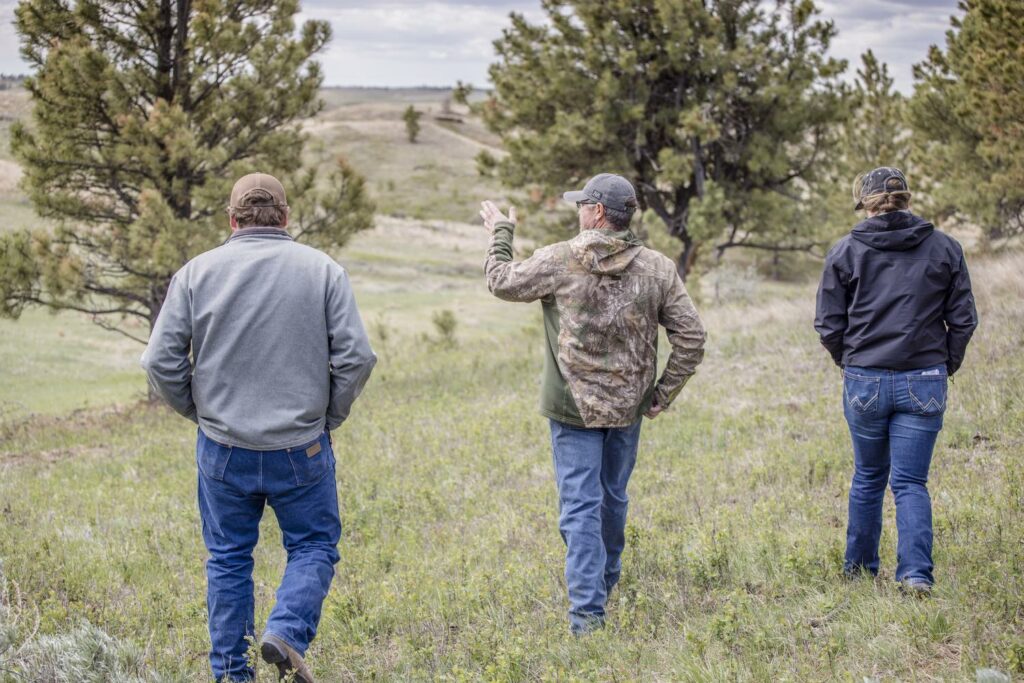
https://youtu.be/zsdPq83BPjU Ranchers who carefully monitor and manage the range can often describe the changes they have seen over the course of several years. However, on a day-to-day basis, major changes to the landscape can be difficult to recognize and nearly impossible to quantify as some occur slowly and tend to go unobserved when viewing the range […]
Three Small Tanks with a Large Impact
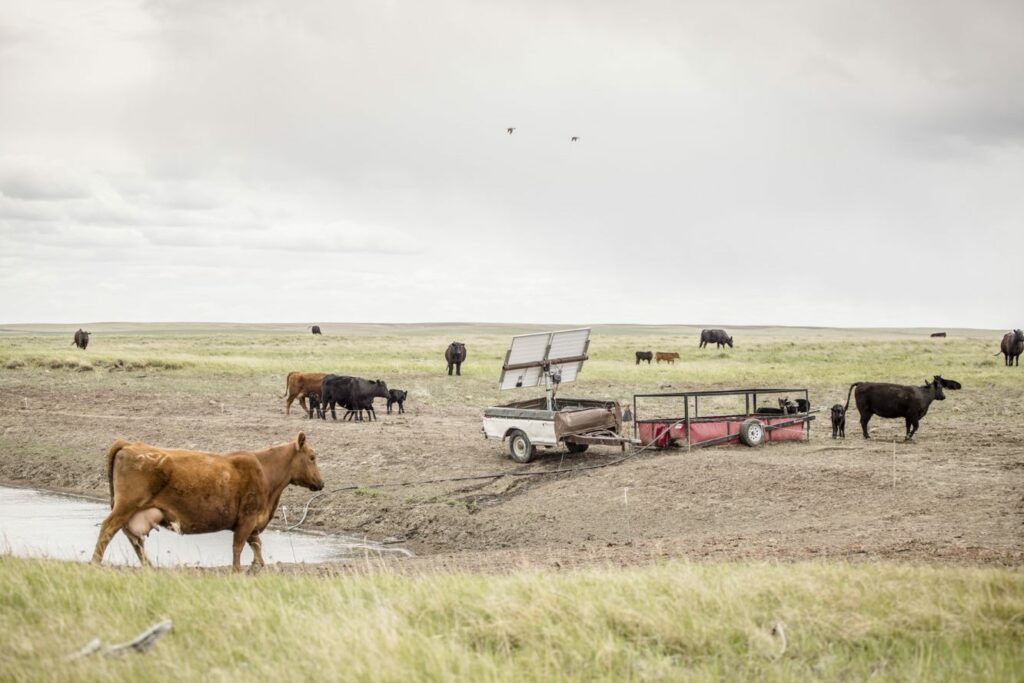
If there is a water line to add, a tank to set, or a unique water set up to try, it’s likely Dusty Emond has done it on his ranch south of Malta, Montana. Of the nearly 12 miles of pipeline on his place, six new miles were added just last fall following the harsh drought […]
RSA Receives National Recognition
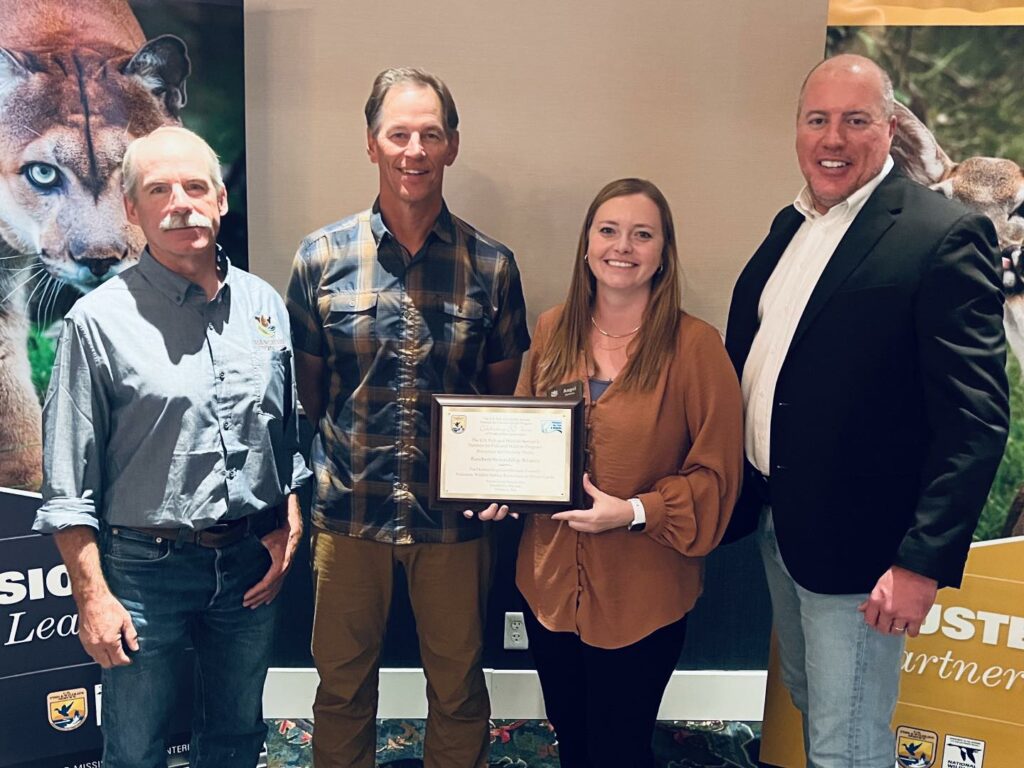
An amazing and unexpected honor, RSA was recently awarded the “Outstanding Partner Award” from the U.S. Fish and Wildlife Partners for Fish and Wildlife Program. The Program provides free technical and financial assistance to landowners, managers, tribes, corporations, schools and nonprofits interested in improving wildlife habitat on their land. Along with the fancy plaque, RSA […]
Landowner, Sportsmen Join in Fencing Effort
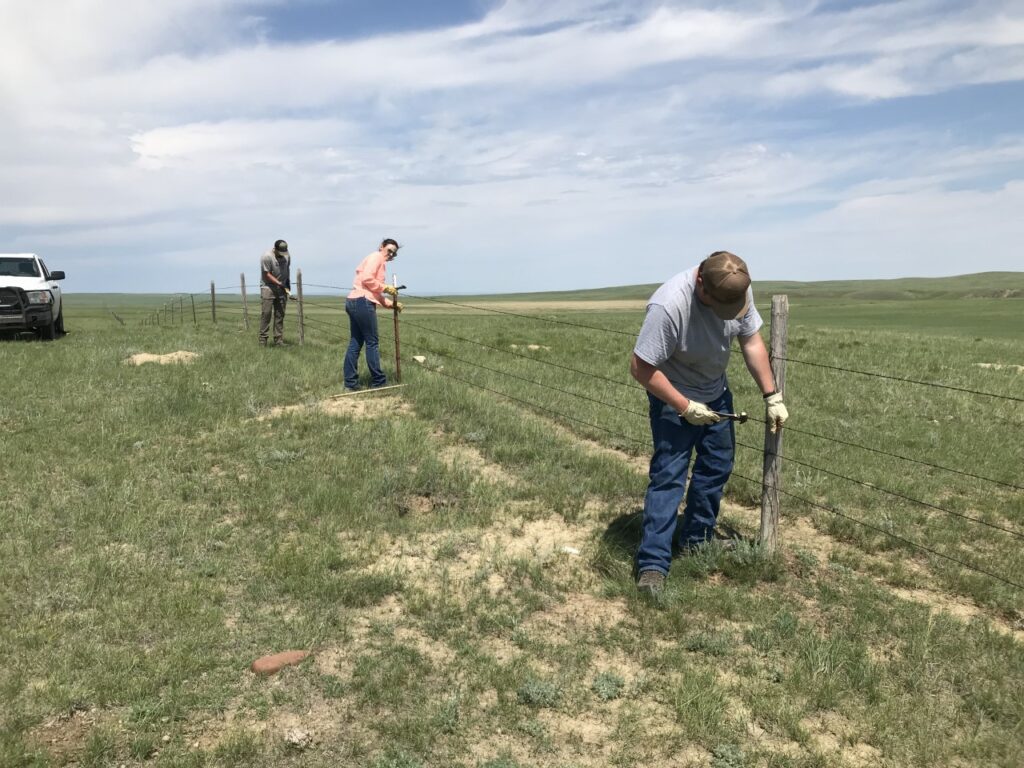
We’ve heard it time and time again: good fences make good neighbors. But when it’s your community that’s teaming up to pound those posts and stretch that wire, the “neighborhood” becomes a whole lot bigger. Ranchers Stewardship Alliance (RSA), a 501(c)(3) nonprofit started by a group of 30+ ranch families in 2003, joined a widespread […]
2021 Impact Report
Hi friends, We’re so grateful that you’ve been a part of this Ranchers Stewardship Alliance Community over the past year. Together, we’ve made progress in our aim to help multi-generational and beginning ranchers build the collaborative, trusting relationships and community-based solutions we need to create healthy working landscapes and vibrant rural communities. Here are a […]
Volunteer fence maintenance a win-win for landowners, big game
By Martin Townsend, RSA Lands Coordinator This summer, an effort between conservation organizations and Blaine County ranchers at the Louie Petrie Ranch north of Turner, Montana offered two days of hands-on learning, practical ranch work, and collaboration to benefit ranching and pronghorn migration in the region. The Obrecht family hosted more than 40 volunteers […]
Improving productivity, diversity in old crested wheatgrass stands
In our inaugural Rural Resilience webinar Jan. 19, Dr. Dave Naugle shared key tools and ideas around the scientific basis for investing in grazing communities to conserve wildlife, introduced exciting new technological innovations in rangeland monitoring, and communicated the potential benefits of transforming expired CRP acres into valued assets of your grazing operation. If you […]
Building a herd and hope
Beginning rancher revitalizes retired CRP to grow her herd and wildlife habitat By Laura C. Nelson, Ranchers Stewardship Alliance The old homestead still stands sentinel on the hill. Weathered, worn and abandoned long ago, Heather Martin has often looked at the relic and wondered just how the brother-sister duo who claimed this parcel more than […]
Meet our Partners: Martin Townsend, Conservation Committee Coordinator
Martin Townsend serves as the Ranchers Stewardship Alliance Conservation Committee Coordinator. Ranchers Stewardship Alliance leaders formed its Conservation Committee in 2017 in order to gather representatives of the ranching community, state and federal agencies and conservation organizations. The purpose of the Conservation Committee is to establish collaboration and cooperation with partners of similar interests; develop […]